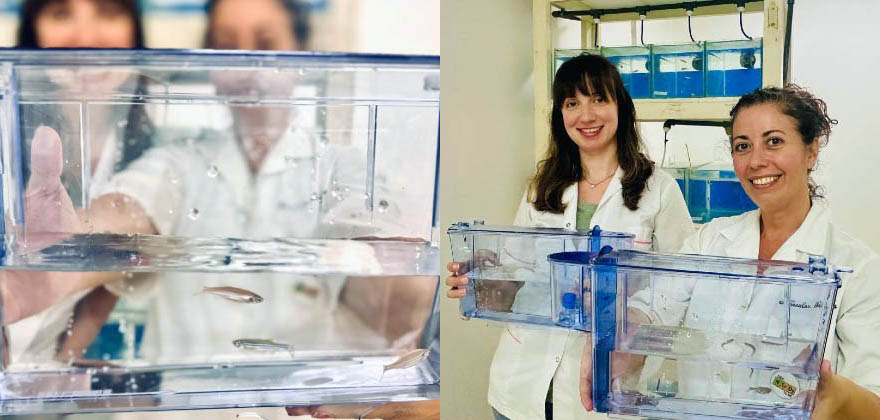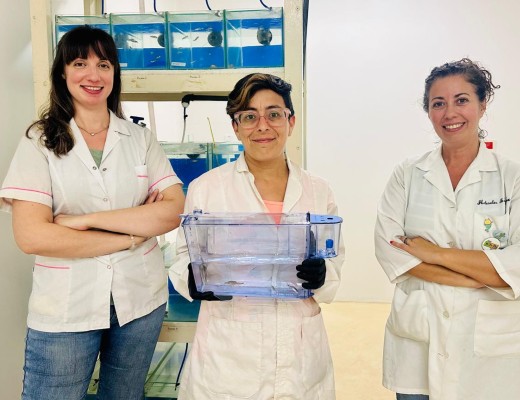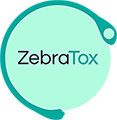There, a platform known as “Zebratox” operates, providing services to the public to determine the toxicity of emerging drugs, substances from the cosmetics and food industries, and industrial effluents.

Jimena Prieto and Carolina Martinez, both researchers at the National University of Quilmes , lead the aquarium, which has just received certification from Anmat and is now ready to serve the public. They primarily utilize the benefits of the zebrafish, a specimen native to Southeast Asia that thrives in warm, fresh water and serves as a model for determining, for example, the toxicity of new drugs and substances from the cosmetics and food industries. Speaking with the UNQ’s Scientific News Agency, they explain the importance of this new step and detail the achievements it will allow .
“From now on, ANMAT endorses us to provide services to companies with certified quality . We have the first aquarium in the country to have this endorsement,” says Prieto. According to him, the aquarium (opening in August 2024) will conduct trials that will allow these companies to more easily approve their products with the agency.
“Toxicity assessments are typically performed on rats and mice. However, globally, alternatives are being sought to reduce the use of mammals. Zebratox is a platform for toxicological studies using the alternative zebrafish model,” the scientist notes. In 2010, thanks to funding from Conicet and the National University of Quito (UNQ), Prieto traveled to Spain to train in the use of the zebrafish model. Upon her return, she set up an aquarium at the UNQ thanks to a scientific cooperation agreement with the Leloir Institute. That first aquarium was the seed of the recently inaugurated space, which received the blessing of ANMAT (National Institute of Technology and Communications).
“The main test approved by ANMAT is called OECD236 or FET, which stands for Fish Embryo Acute Toxicity ,” says Martínez. These experiments determine the acute toxicity of different substances using zebrafish embryos. Specifically, they are exposed to the compounds brought in by the companies, and the effects that lead to embryo death are quantified. “In the aquarium, we also conduct tests beyond FET, such as determining sublethal parameters,” he continues. This involves examining effects that, while not leading to death, could have long-term health consequences.
Martínez explains that the international community is seeking to achieve a standard known as the 3Rs : Replace (applying methods that avoid or substitute the use of animals), Reduce (using fewer animals in trials), and Refine (improving animal welfare). In this sense, the zebrafish model is ideal compared to rodents.
Achieving certification was no easy task, as the scientists had to make adjustments to the spaces. “Staff must have a place to enter and change. There are also vaccination records,” explains Prieto“. To maintain certification, the aquarium is subject to audits by the agency, where all these factors are monitored,” Martínez adds. The contribution of Valeria Segatori , a researcher at the Center for Molecular and Translational Oncology at the UNQ, was also fundamental to the certification.

A very special fish
Zebrafish are a widely used model organism in research because their embryos are transparent. This allows for easy observation of development with just a magnifying glass or microscope and without the need for invasive techniques. Furthermore, they have a very high reproductive rate: many offspring can be produced in a short period of time. Furthermore, they have a high genetic similarity to humans, making them useful for studying a wide range of diseases and developmental processes.
It is because of their genetic similarity that the zebrafish has been used in research into various human diseases, such as diabetes and epilepsy. In addition to providing information on the attack mechanisms of these conditions, this animal model also allows for the development of potential treatments. It’s worth mentioning that working with fish requires less monetary investment than working with mammals.
The zebrafish model has been used worldwide since 2000. Specifically, in 2013, the FET test was approved for use in the European Union; this is precisely the one ANMAT certified at the UNQ aquarium. In Argentina, this alternative model for measuring toxicity was finally accepted at the end of 2023, and the aquarium run by Jimena Prieto and Carolina Martínez is embarking on the process in our country.
* This news was originally published by Nadia Chiaramoni in the UNQ Science News Agency .
